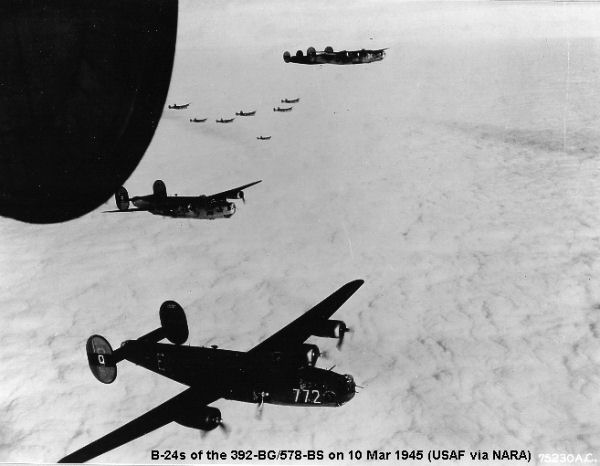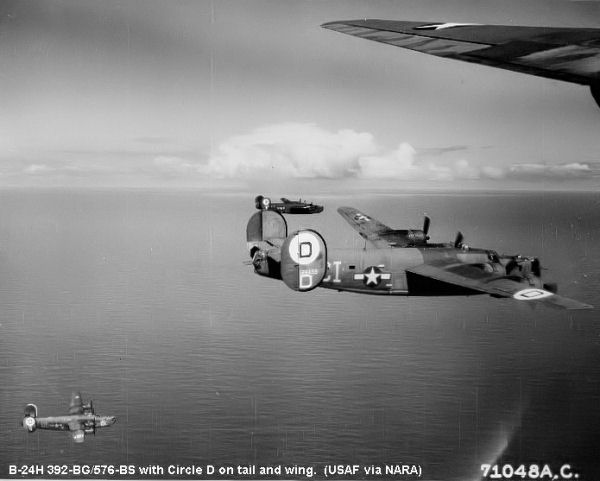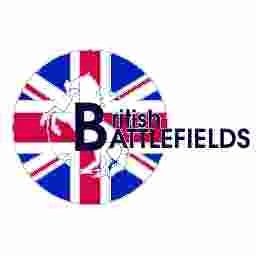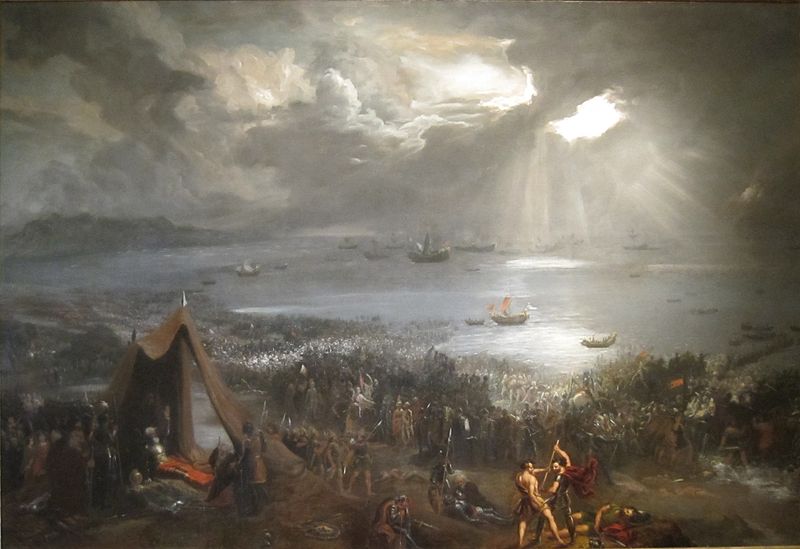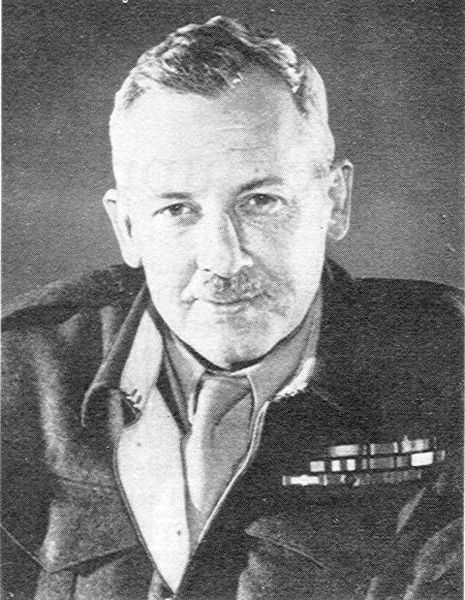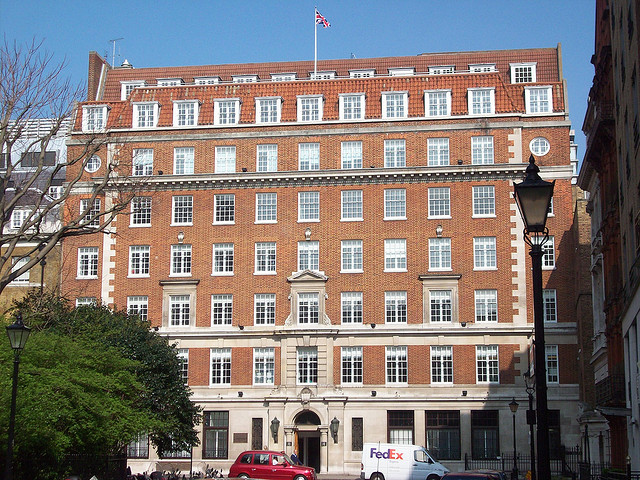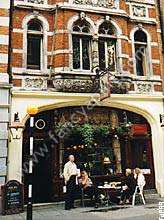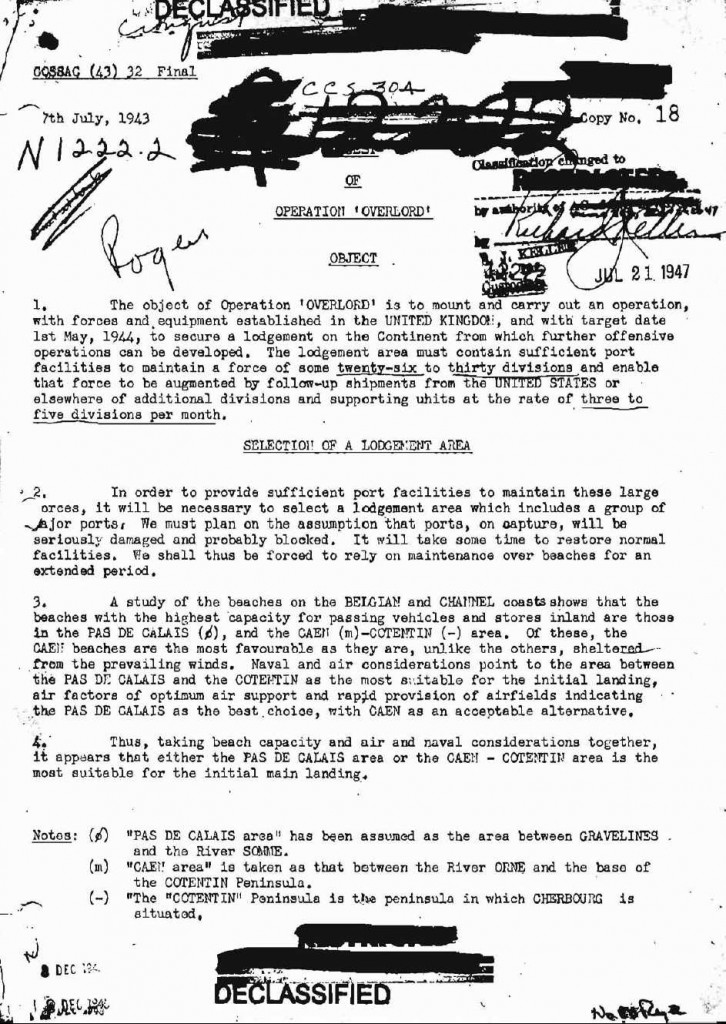
On 24 April 1944 RAF Wendling, near East Derham, Norfolk was the home to the 392 Bombardment Group (Heavy) of the 8th US Air Force. It had been opened in 1942.

On that day twenty five B 24 Bomber aircraft took off on Mission # 71 Target: Leipheim in Germany. Two aircraft did not return.
#44-40105 (NO NICKNAME) “B-Bar” flying its first mission: Pilot 2Lt Carl F Ellinger.
Eye-witness reports from returning crewmen of other planes (Lts. Ambrose, Kamenitsa, and Weinheimer) stated that the Ellinger ship (received a direct hit from AA guns at position 50-50 N; 03-20E at 1558 hours on route back from the target and this flak had struck the aircraft just behind the wing section with the plane starting down and disintegrating before striking the ground and, no chutes were seen.
The tail gunner, Sgt Hasenfratz later recalled that after flak hit his aircraft, the front section exploded into flames and the tail section spun out of control toward the ground. He and two other crewmembers were in the tail section as it plunged 18,000 feet to the ground. Hasenfratz was the sole survivor.
04362 AIRCRAFT: #41-28688 (NO NICKNAME) “Q-Bar” 18th Mission: Pilot : 2Lt Travis W Griffin
Returning crew members (Lts. Sabourin, Filkel, and Weinheimer) gave the following eye-witness account of this aircrew loss: At approximately 1330 hours, the Griffin plane left the formation before reaching the target with 2 engines out, reported to be due to mechanical failure. The plane was under control but losing altitude gradually and was headed in the general direction of Switzerland escorted by 3 x P-47’s. German Report #KU1603, 25 April 1944, Airbase Command A7NII, Freiburg, reported the crash of this Liberator at 1347 hours, (12) kilometers southwest of Freudenstadt near Schappach, Schwarzwald (Black Forest) with 8 crew members being captured in same vicinity and 2 others found dead.392bg-b24-2
Later after repatriation from POW status, Sgt. Kelly was interrogated by the Intelligence Section at Selfridge Field, Michigan (a l/Lt. Roeder) and the crewmember gave this account of their mission mishap: That due to mechanical failures of three engines, #2, #1 and #3 in that order, their plane was unable to hold bomber formation position or altitude which resulted in all members abandoning ship over Freiburg, Germany. All crewmen successfully bailed out including the two deceased members. Sgt. Bryant’s chute was observed as open, but Sgt Gallup was not seen after he left the aircraft. This report was the only one available from any crewmember made after war’s end. The German on-scene report noted that the captured members were sent on to Dulag-Luft, Oberursel on 26 April 1944 for interrogation processing. (Note: No indication further was given on the possibility of the engine failures being caused possibly by enemy actions, or perhaps, contributing fuel management problems) For more information on the mission check this page on b24.net
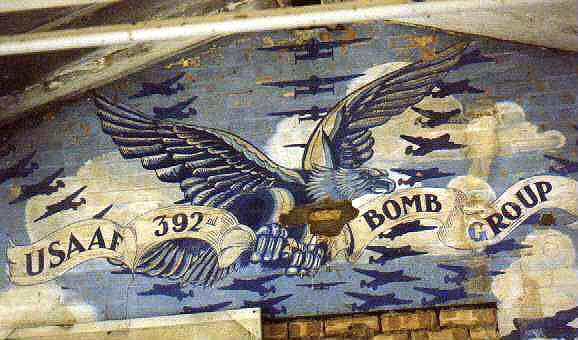
Wendling is now a Turkey farm, but the buildings and traces of the 392nd Bombardment Group remain. More information on the http://www.airfieldinformationexchange.org/ and www.controltowers.co.uk
For visits to the places associated with the bomber offensive of Ww2.

